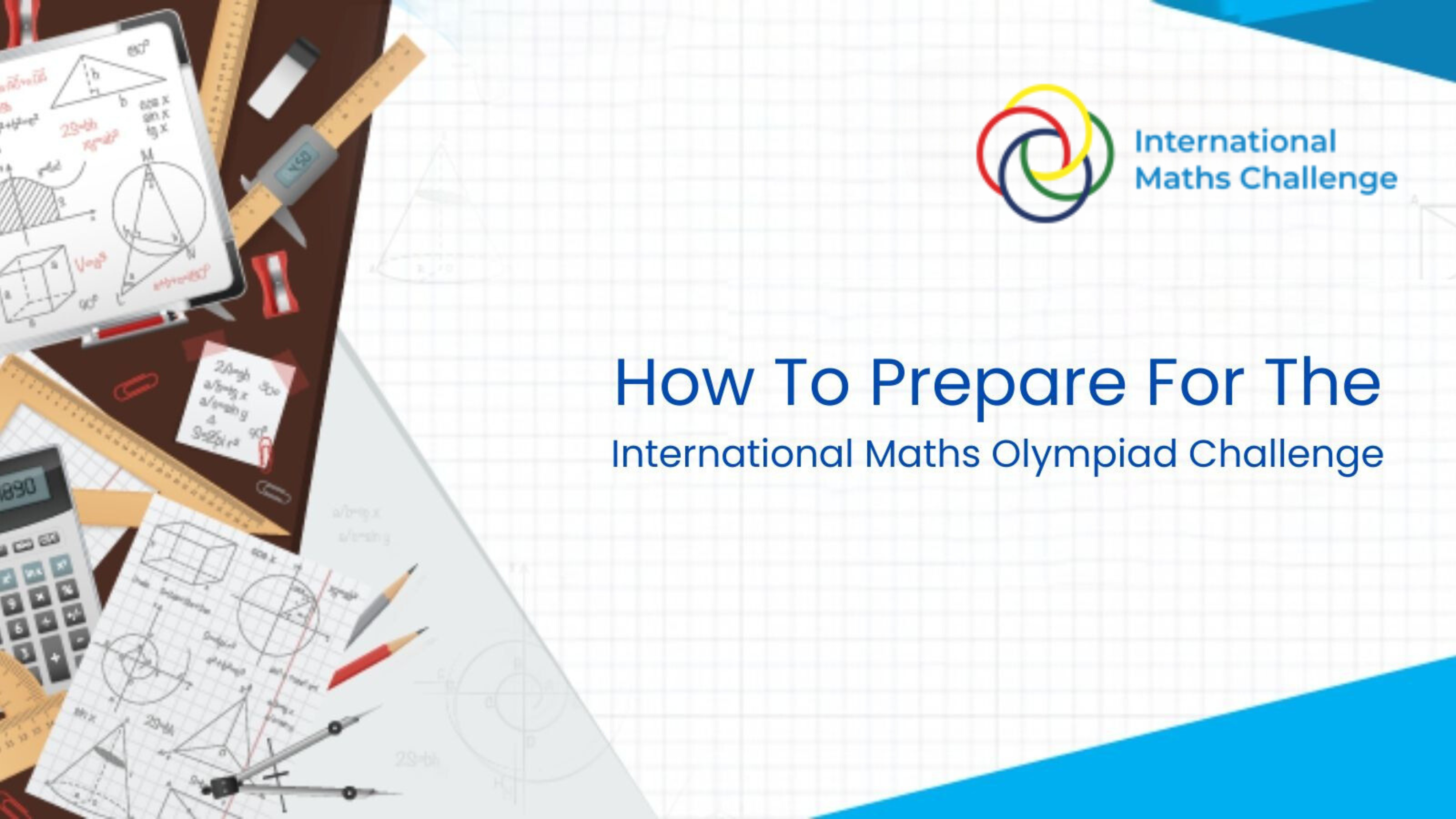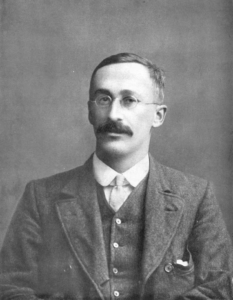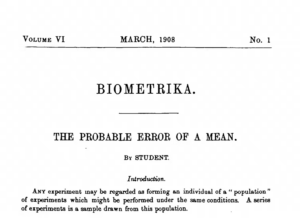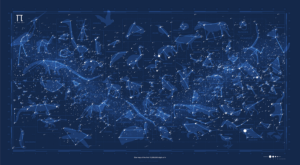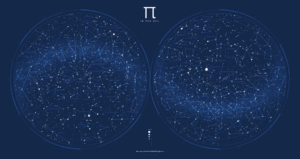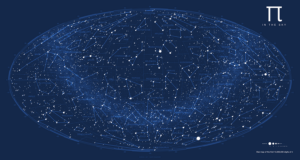The IMOC stands for International Mathematical Olympiad Challenge and is a well-renowned world championship mathematics competitive examination. It occurs every year, similar to another competitive exam. You can get ready for the International Maths Olympiad once you get familiar with the mathematical concepts and ideas, get into the mock tests, and try to give as many mock tests as you can.
Here are a few points that will help you prepare for the International Maths Olympiad:
Understand The Syllabus
While beginning to prepare for the International Maths Olympiad exam, it is necessary to introduce yourself to the syllabus. The syllabus for the exam is a bit different from your academic syllabus and you can find out all about it here.
Get The Expert Tutor
As your trainer will play a major part in your learning method, just be sure that you choose someone who is experienced and at par with your ease level. Generally, your school maths trainer can make your competition worthy. If you can’t find an experienced Maths Olympiad trainer near your location, look for the best online tutoring.
Learn Problem-Solving Skills
The IMC problem-solving approach is a one-stop solution for math competition practices and materials, thousands of students have already enrolled in the mission to crack the International Maths Olympiad. We have resources to learn how you can solve difficult types of math problems. Consult with our expert trainers and get a brief idea to use problem-solving skills in the examination.
Practice past papers
We do not wish to tutor your child; their teachers are doing a great job at it. We believe that students should be taught in only one way and not be confused with multiple styles of teaching. So while your child covers conceptual learning of math topics in school, we help you by providing exhaustive and fully solved Test Practice Papers (10 of them). These practice test papers are replicas of the Olympiad. Do not worry about the approach we have in our explanatory solutions. Our subject experts simply explain the basics using logical techniques which helps students to get well acquainted with the topics. Knowledge of these topics will eventually help students to ace their school curriculum as well.
Study Smart
Following your timetable, you also need to focus on sample papers and the previous year’s questions. Schedule mock tests that will let you track your progress report. Practice is the only key to success that will help in developing your skills. However, smart studying is just as essential as studying energetically. Find the sequence in the sample papers and utilize them to your greatest advantage.
Check Your Progress
Revision is an immensely significant part of preparing for the International Maths Olympiad. As you are learning, use note cards for writing down the major points. When you begin with revision, the note cards will let you remember the pointers that you have written down on the cards. The notes are an effective way of recalling what you have learned. Hence, if you are preparing for the International Mathematics Olympiad exam then you should always think that these revisions are the progress standard. If any such topics require you to check those pointers in the notes again and again, then go back to revise and focus on those questions a bit more.
Final Thoughts
The method of IMC preparation and taking part in our examination is a great learning experience apart from the result. This exam assists students to be skilled at school levels and provides them the opportunity to know the structure and timetable of international-level competitive exams. The IMO Challenge helps students throughout the world to determine their strengths and capabilities.

